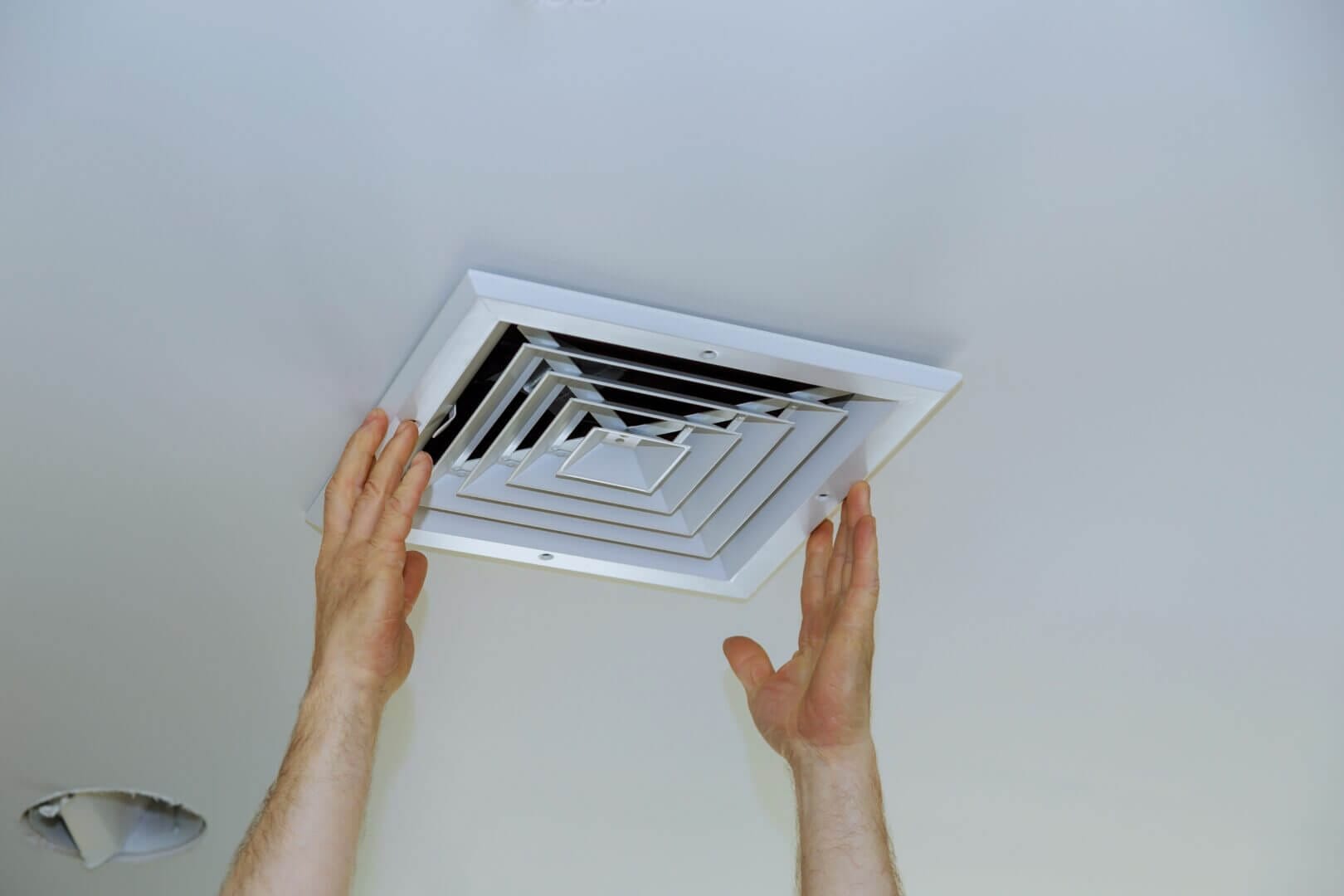Your home is your sanctuary, a place of refuge from the outside world. It’s where you spend the majority of your time, where memories are made, and where relaxation should be a given. But comfort in your home isn’t just about the furniture, the decor, or the temperature; it’s about the air you breathe. This comprehensive guide is designed to deepen your understanding of why proper ventilation is not a luxury but a fundamental component to a healthy home, and it’s packed with practical ways to ensure you’re breathing the best air possible.
Understanding Ventilation Systems
The term “ventilation” refers to the intentional introduction of outside air into a space and the circulation of air within. Its primary function is air quality management, diluting indoors pollutants and maintaining a healthy, breathable atmosphere. There are several methods of achieving ventilation:
- Natural Ventilation: Occurs through windows, doors, and leakages. It’s based on wind and temperature differences, and it’s not controlled.
- Mechanical Ventilation: Controlled systems that include exhaust fans, supply fans, and air handling units.
- Hybrid Ventilation: A mix of natural and mechanical systems. It aims to reap the benefits of both, offering a customizable, eco-friendly option.
Each system has its pros and cons, but the common goal remains the same – to keep the air moving, fresh, and healthy.
Signs of Poor Ventilation
When your home doesn’t get enough fresh air or can’t circulate the air properly, several telltale signs appear:
- Condensation: Look for water droplets on cold surfaces, which lead to mold and mildew.
- Musty Odors: These unpleasant smells indicate the presence of mold or mildew.
- Stale Air: If your home feels stuffy or the air doesn’t seem clean, it’s likely because it’s not.
- Excessive Clutter Dust: When the air isn’t circulating, it can lead to dust buildup in unusual places.
Poor ventilation also impacts the humidity, temperature, and overall air quality, potentially leading to respiratory problems and reduced indoor comfort.
Benefits of Proper Ventilation
Investing in proper ventilation comes with a plethora of benefits:
- Health: Reducing the risk of respiratory diseases, allergies, and asthma attacks.
- Comfort: Maintaining a consistent and comfortable indoor environment.
- Eliminate Toxins: Proper ventilation can eliminate VOCs and other toxic chemicals from the air.
- Energy Efficiency: Effective systems can help reduce energy bills by improving heating and cooling system performance.
- Property Preservation: By controlling condensation and preventing mold, you protect your property from structural damage.
Good ventilation isn’t just beneficial; it’s crucial for creating a safe and habitable living space.
Practical Tips for Enhancing Ventilation
There are many ways to improve the ventilation in your home, and you don’t always need an expensive new system:
- Maximize Natural Ventilation: Position windows and doors to create a cross-breeze, use window vents, and make sure nothing is blocking the airflow.
- Regular Maintenance: Clean or replace filters on mechanical systems, and ensure fans and vents are unobstructed.
- Use Ventilation-Aware Decor: Some decor elements, such as high curtains, can inhibit airflow. Be conscious of this when styling your space.
- Control Humidity: Use dehumidifiers in damp areas and consider installing a humidity-controlled fan in bathrooms.
By implementing these simple tips, you can significantly enhance the ventilation in your home and the quality of your indoor air.
The Environmental Impact
Air quality doesn’t just affect us; it’s intricately connected to the environment.
- Carbon Footprint: Poorly ventilated homes often rely on energy-intensive heating and cooling solutions, contributing to a higher carbon footprint.
- Energy-Efficient Solutions: Solar-powered ventilators, energy-recovery ventilators, and natural ventilation design can dramatically reduce environmental impact.
Understanding the interplay between your home’s air quality and the wider environment can lead to more sustainable living decisions.
Technology and Innovation in Home Ventilation
Advances in technology bring new possibilities for home ventilation:
- Smart Ventilation Systems: These use sensors to detect changes in air quality and adjust ventilation rates accordingly, optimizing both health and energy use.
- Heat Recovery Ventilators: These capture heat from outgoing stale air and transfer it to incoming fresh air, maintaining warmth while ventilating.
The future of home ventilation is undoubtedly tied to technological breakthroughs that will make our homes safer, more efficient, and more comfortable.
In conclusion, proper home ventilation is essential for maintaining a healthy indoor environment. By recognizing the signs of poor ventilation, understanding the benefits of proper airflow, and deploying practical tips to enhance ventilation, you can create a home that promotes well-being and comfort. Whether through low-tech solutions like opening windows or with cutting-edge smart systems, the air you breathe indoors profoundly impacts your life. Make the conscious choice for a breath of fresh air in your home – it’s an investment in your health and happiness that truly breathes life into your living space.





